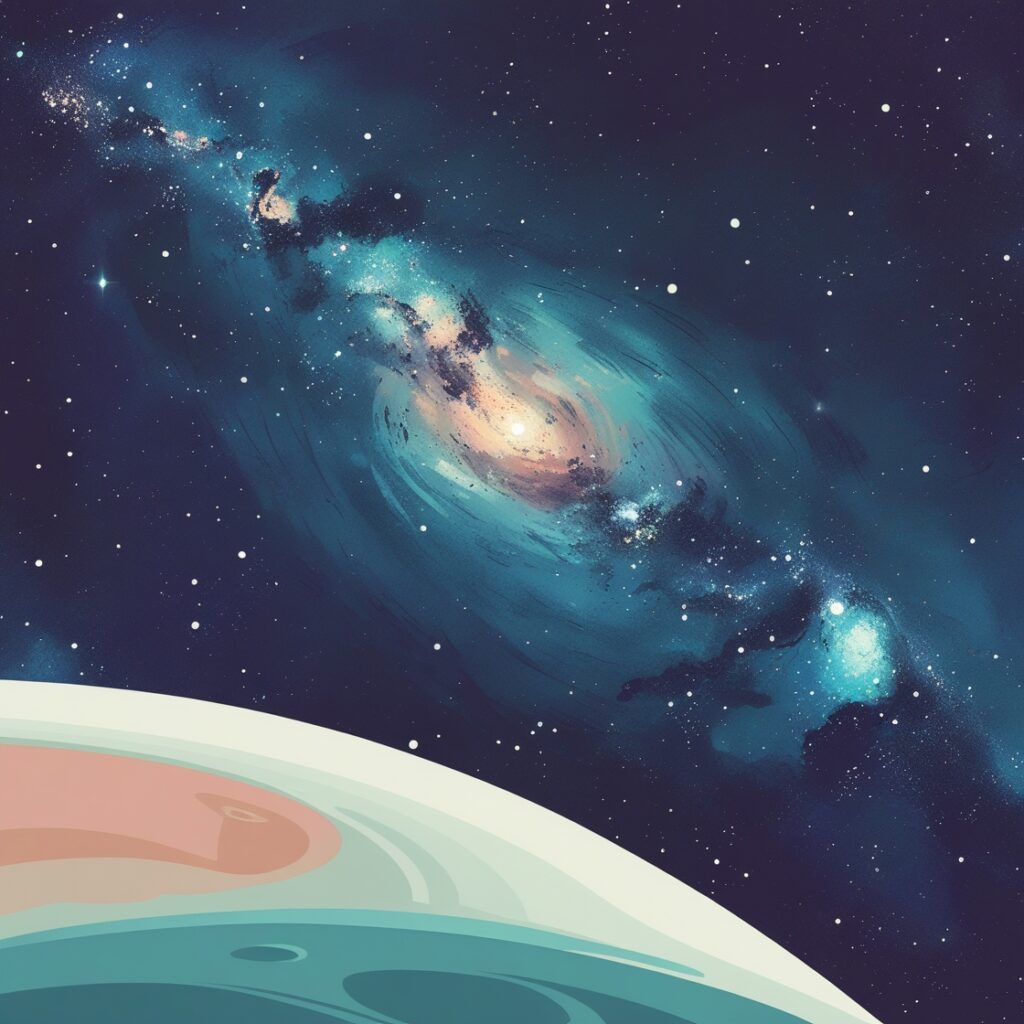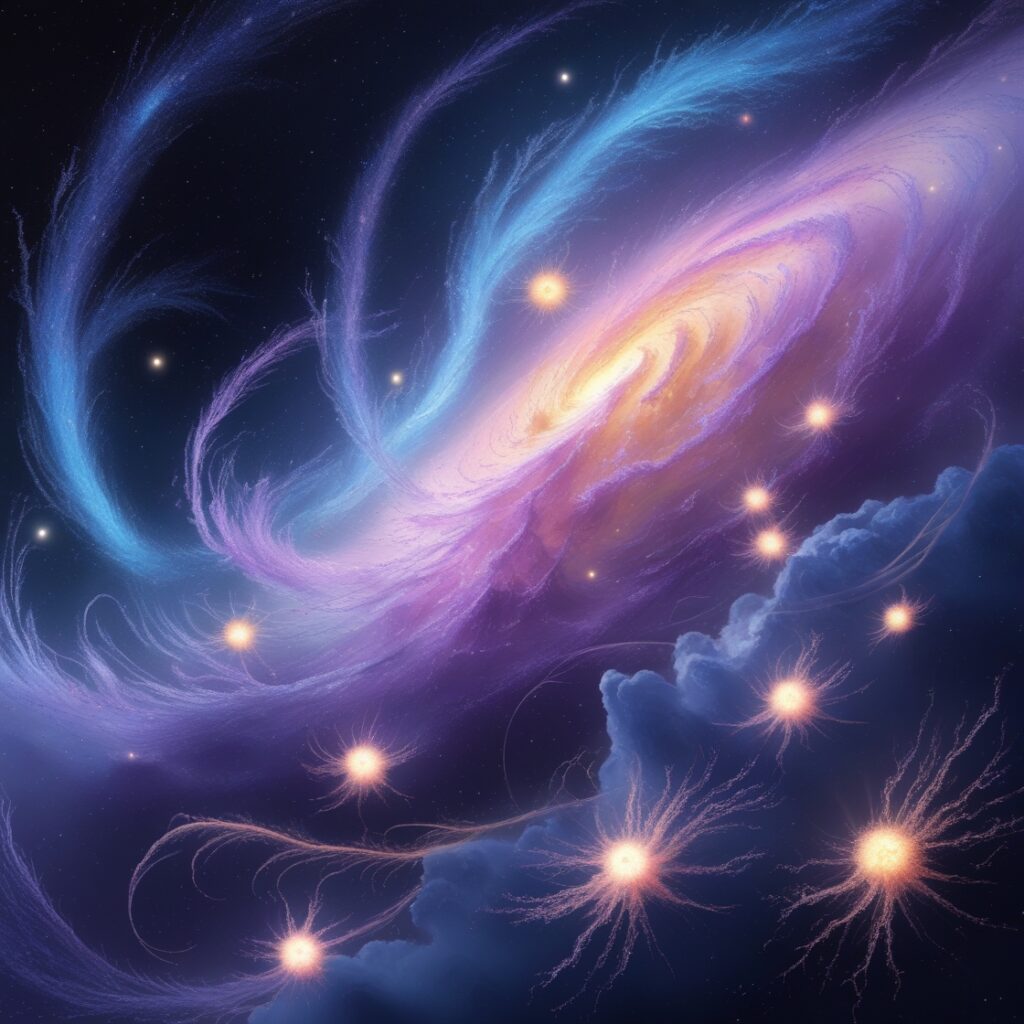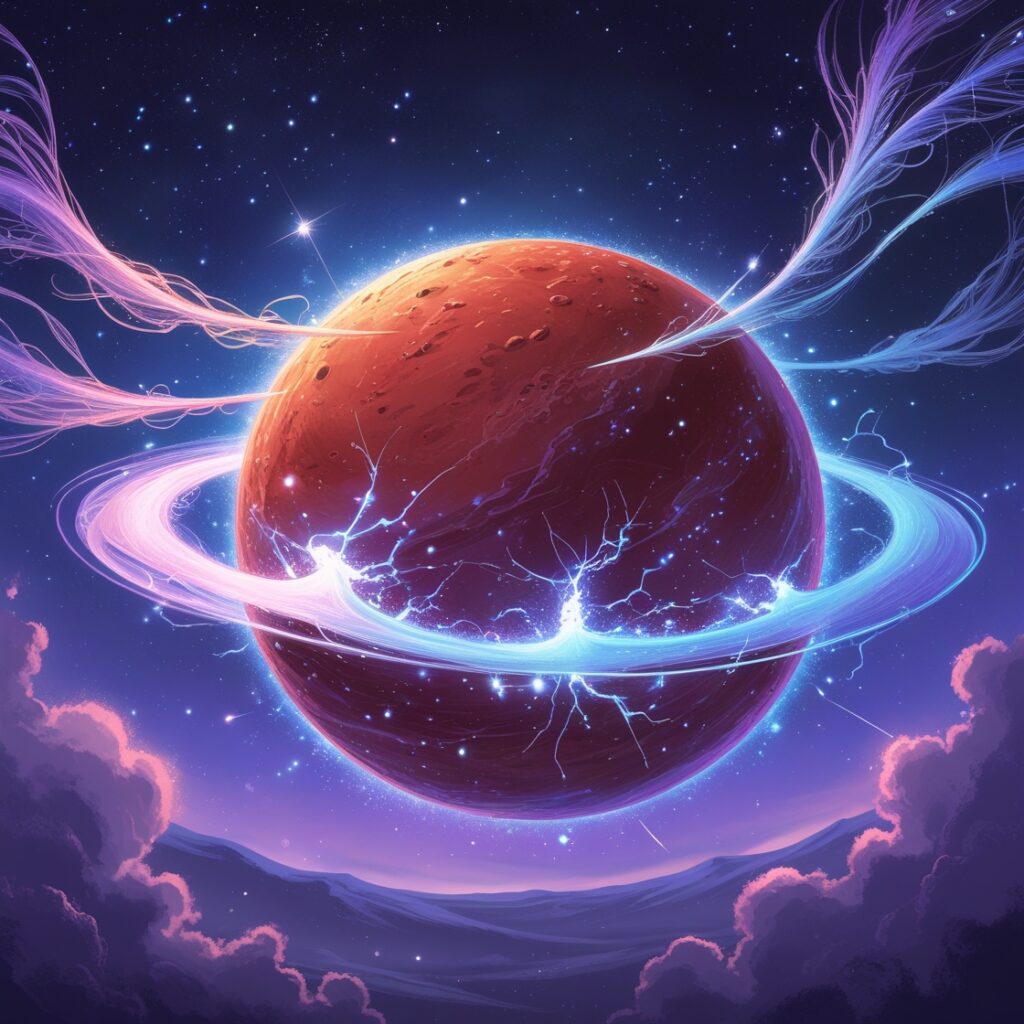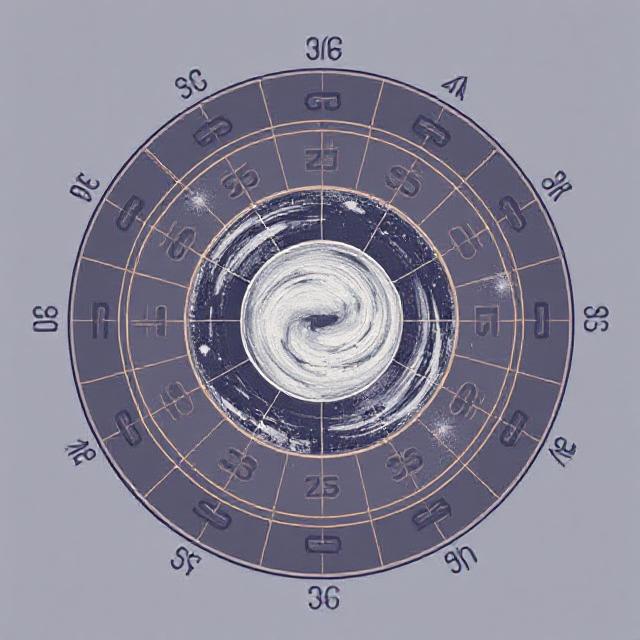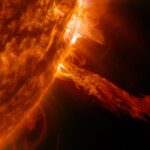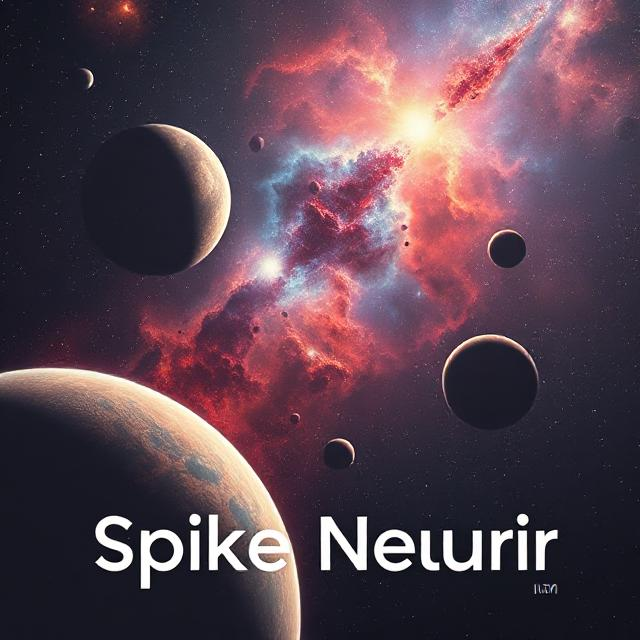ALMA Uncovers Unmatched Details of a Star’s Surface


Unveiling R Doradus: A Red Giant Star’s Surface in Stunning Detail
Astronomers have recently captured unprecedented images of the red giant star R Doradus, showcasing its bubbling surface in a way that was previously achievable only for our own Sun. This remarkable feat, made possible by the Atacama Large Millimeter/submillimeter Array (ALMA) in Chile, provides a window into the future of our solar system.
The Significance of R Doradus
Situated a mere 180 light-years away from Earth, R Doradus is not just any star. With a diameter approximately 350 times that of the Sun, it boasts an impressive size. However, its mass remains comparable to that of our Sun. As stars like ours deplete their hydrogen fuel, they undergo a transformation into red giants, expanding their outer layers and creating a less dense atmosphere. This phenomenon results in the formation of gas bubbles that are about 75 times larger than the Sun itself, albeit much less dense than our planet’s atmosphere.
ALMA’s Groundbreaking Observations
The recent findings, published in Nature, reveal the intricate details of R Doradus’s surface. For the first time, astronomers can observe the gas bubbles forming on this distant star, offering insights that were previously limited to the Sun. Study author Wouter Vlemmings from Chalmers University of Technology emphasized the significance of R Doradus as an asymptotic giant branch (AGB) star, where helium and hydrogen continue to fuse around an inert carbon-oxygen core.
A Glimpse into the Future of Our Sun
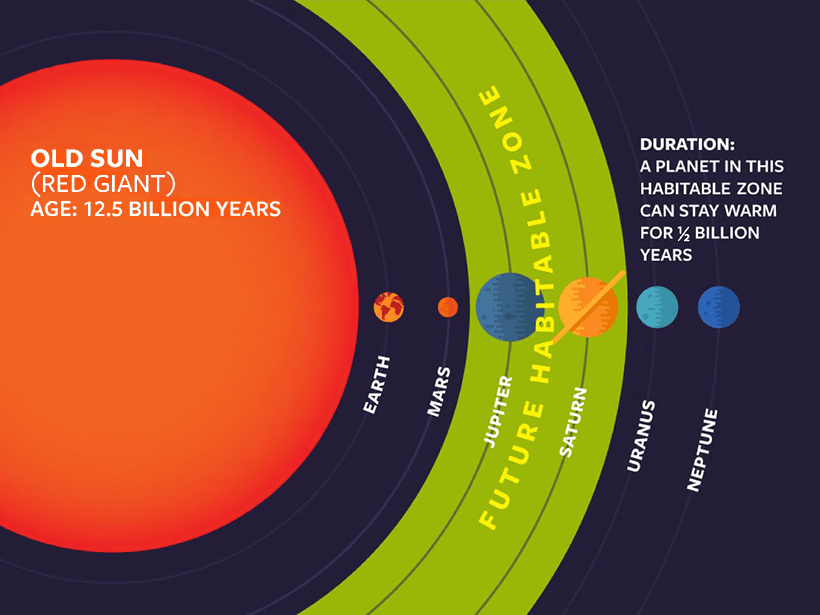

The images captured by ALMA closely align with scientists’ predictions regarding the appearance of red giant stars. This discovery not only enhances our understanding of stellar evolution but also provides a glimpse into the eventual fate of our Sun. According to Vlemmings, the typical lifespan of this phase for such stars spans approximately one million years. R Doradus, currently in this phase, is expected to have several hundred thousand years remaining before it exhausts its nuclear fuel.
Future Observations and Research Directions
The research team is excited to conduct follow-up observations to delve deeper into the atmospheric dynamics of R Doradus. They aim to investigate the behavior of gas in the star’s outer layers and explore similar stars for flares and hotspots to gain a better understanding of convection processes at play on their surfaces.
ALMA’s unique capabilities allow it to capture details that traditional telescopes cannot manage, especially for objects too bright for visible light analysis. Vlemmings pointed out that while the James Webb Space Telescope (JWST) is typically utilized for exploring deep space, it could complement ALMA’s observations by examining the surrounding regions of R Doradus.
Conclusion
The exploration of R Doradus not only enriches our knowledge of red giant stars but also serves as a timely reminder of the cosmic processes that will eventually shape our Sun’s destiny. With ALMA’s cutting-edge technology, astronomers are poised to unveil even more secrets of the universe, illuminating the paths that stars like R Doradus tread as they evolve over time.
By focusing on the captivating journey of R Doradus, we gain valuable insights not only into the nature of red giants but also into our own star’s impending transformation. The future of stellar observations looks promising as researchers continue to harness the power of advanced astronomical tools to deepen our understanding of the universe.



